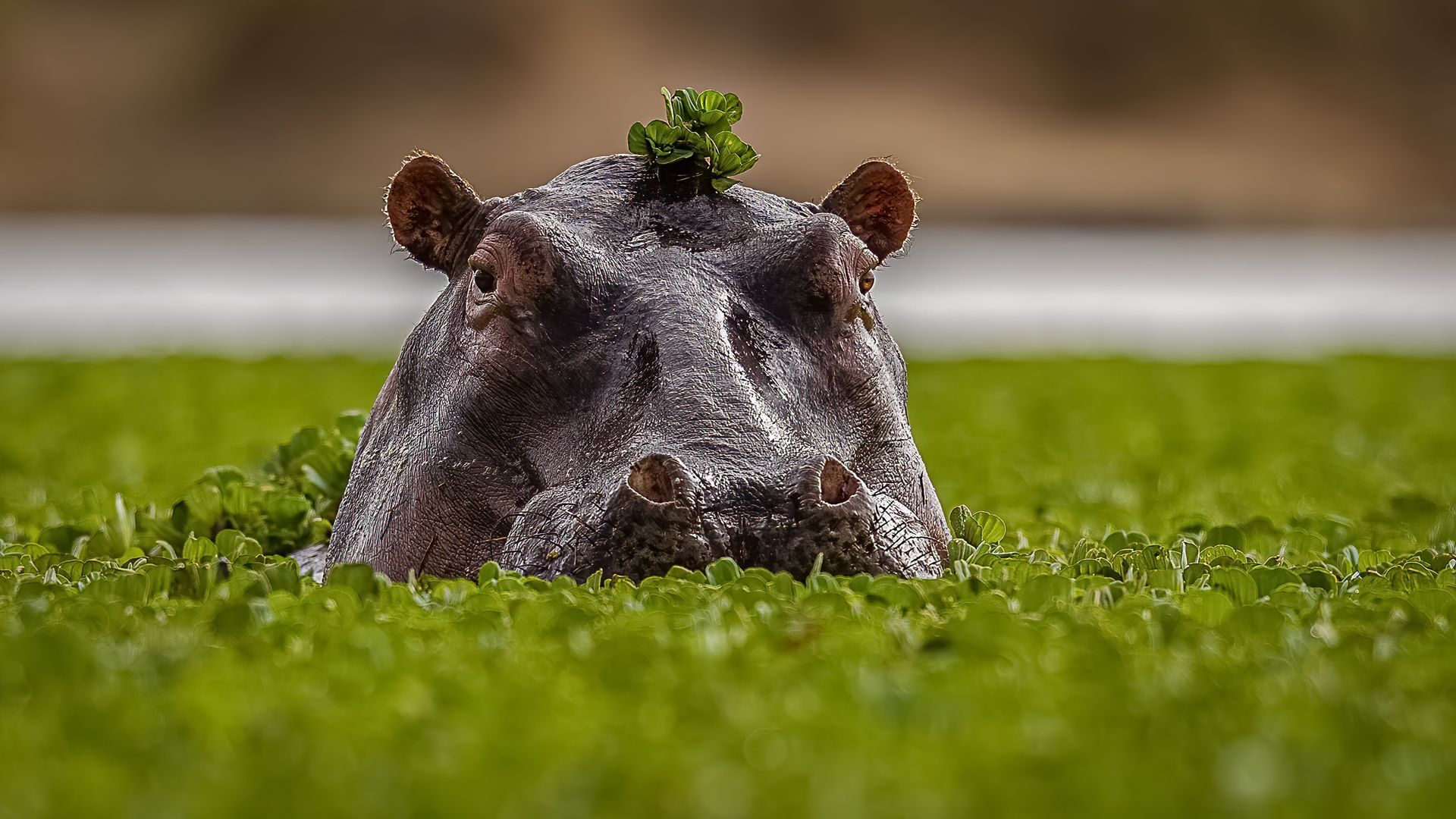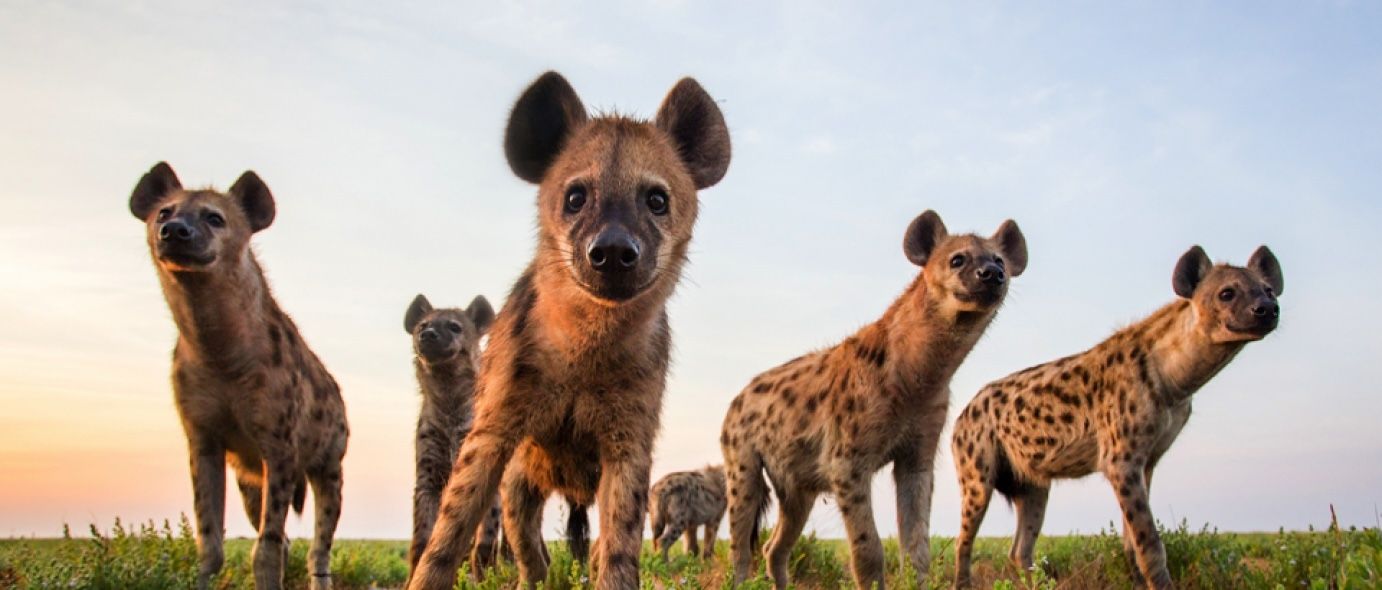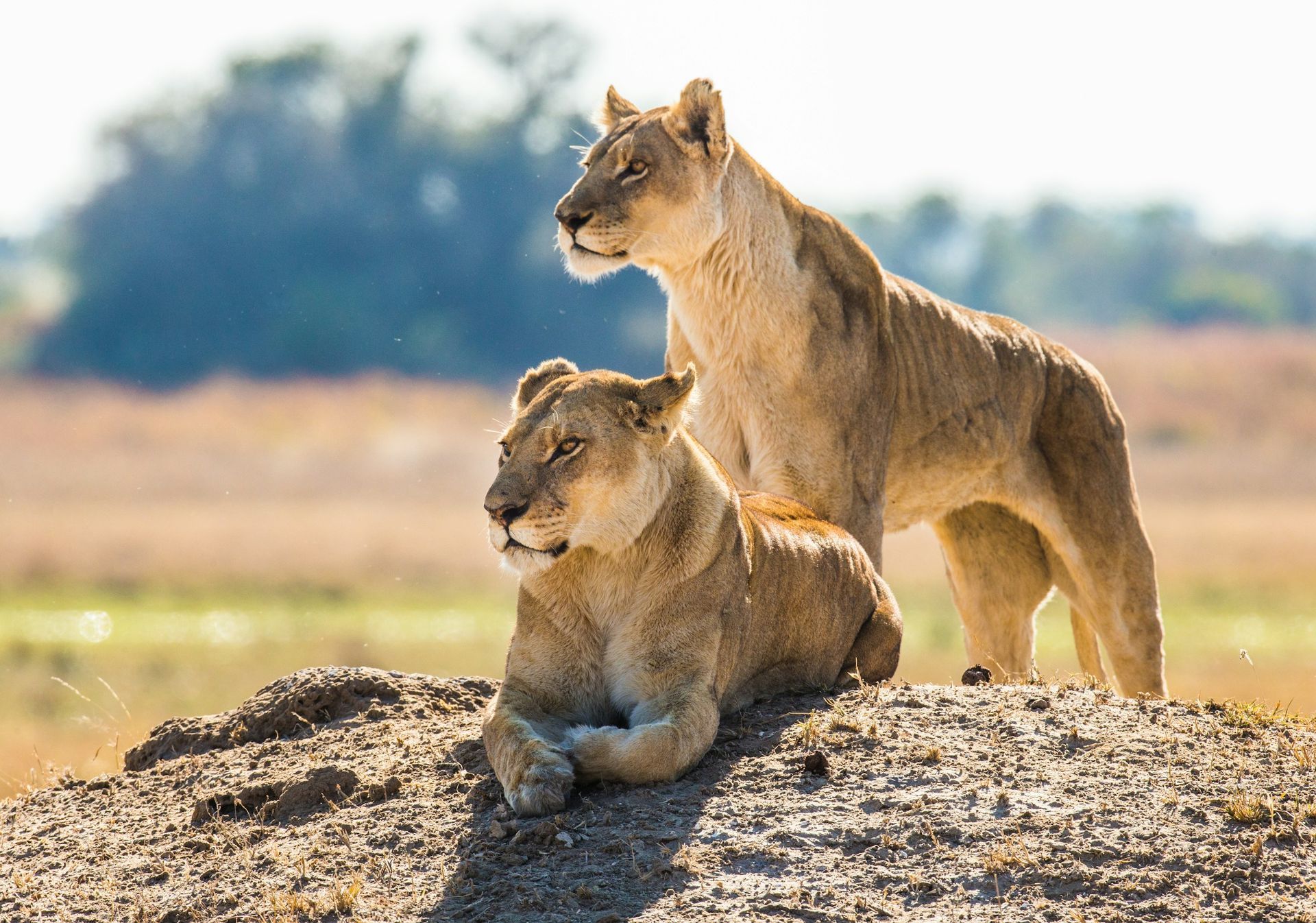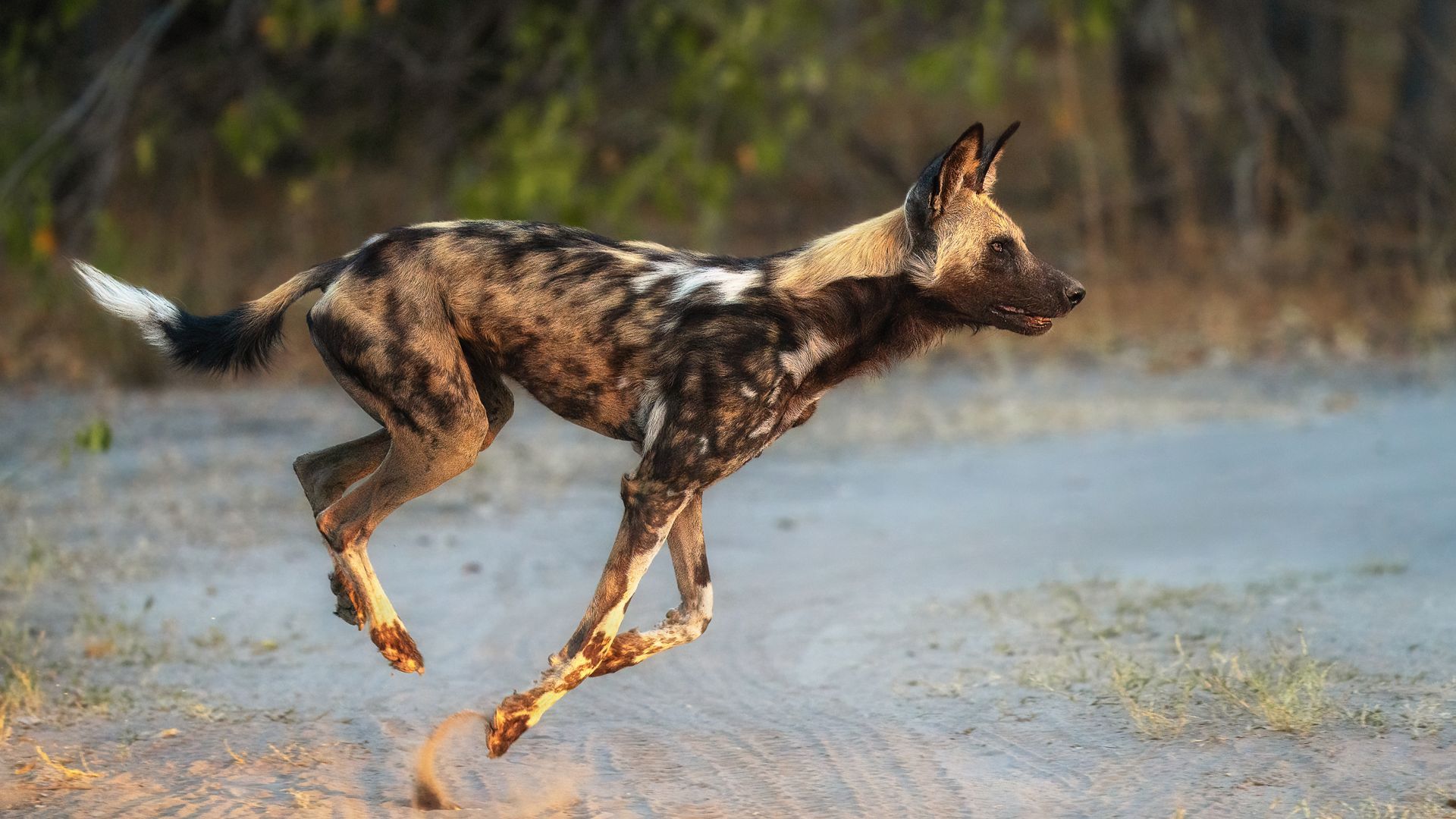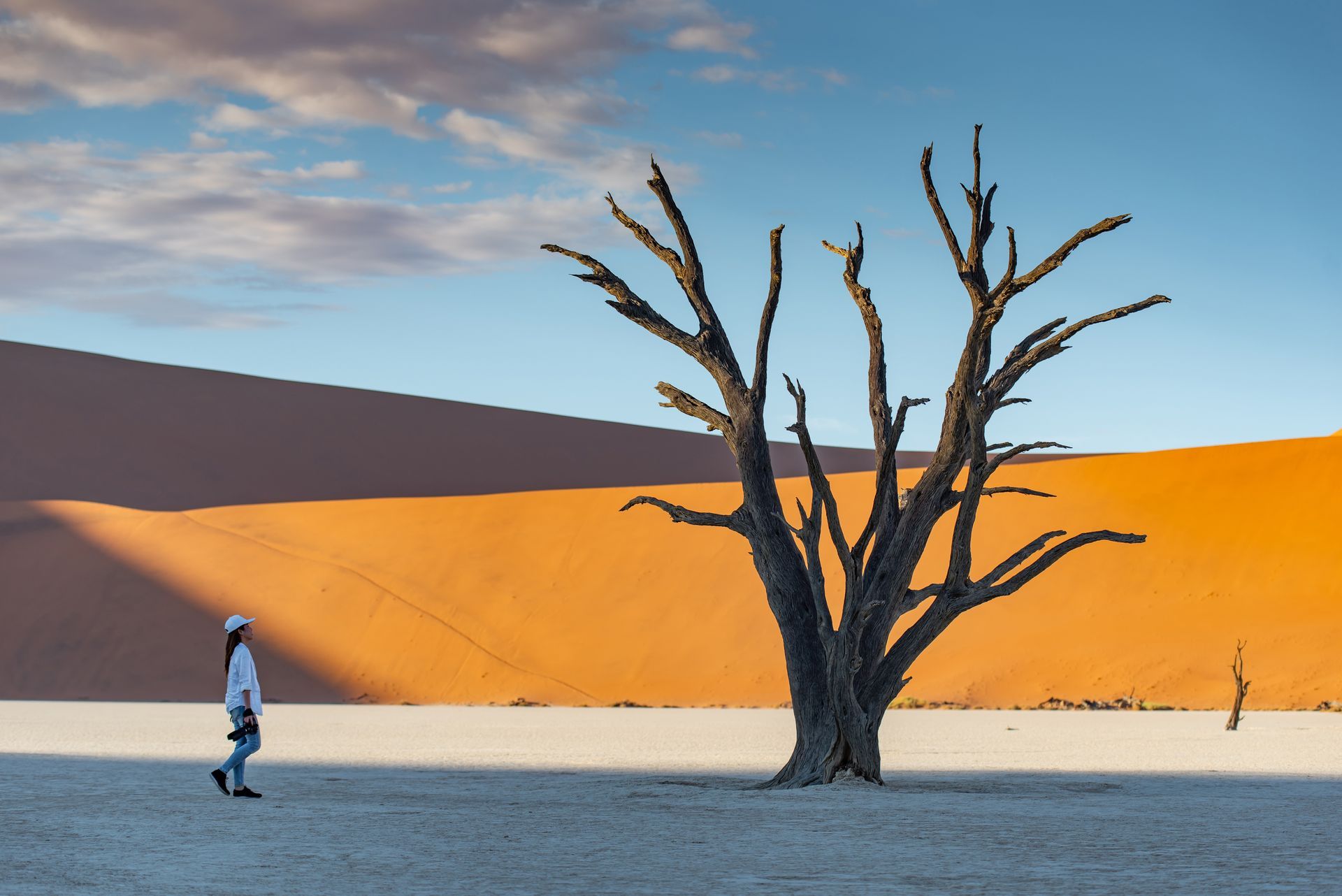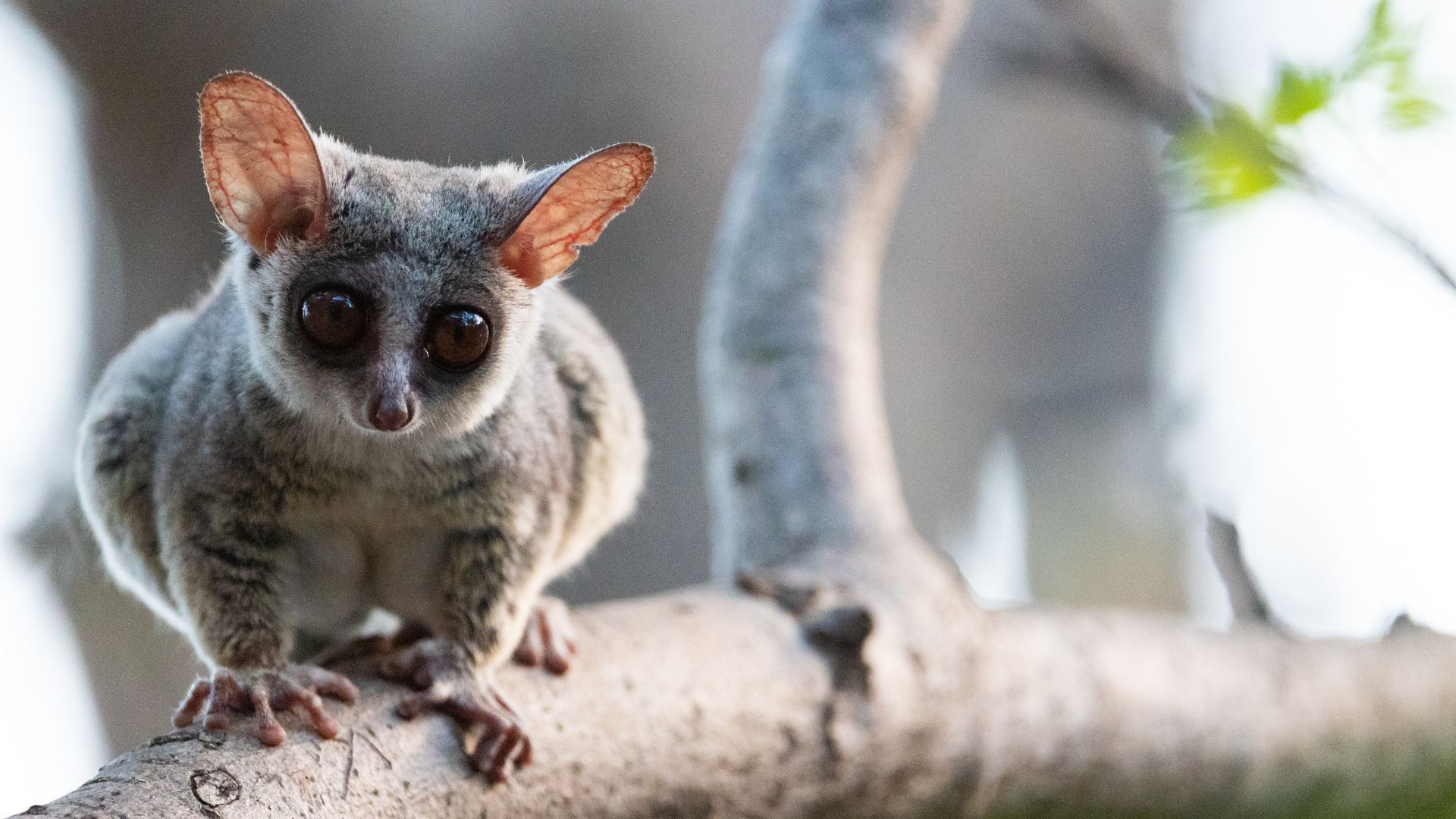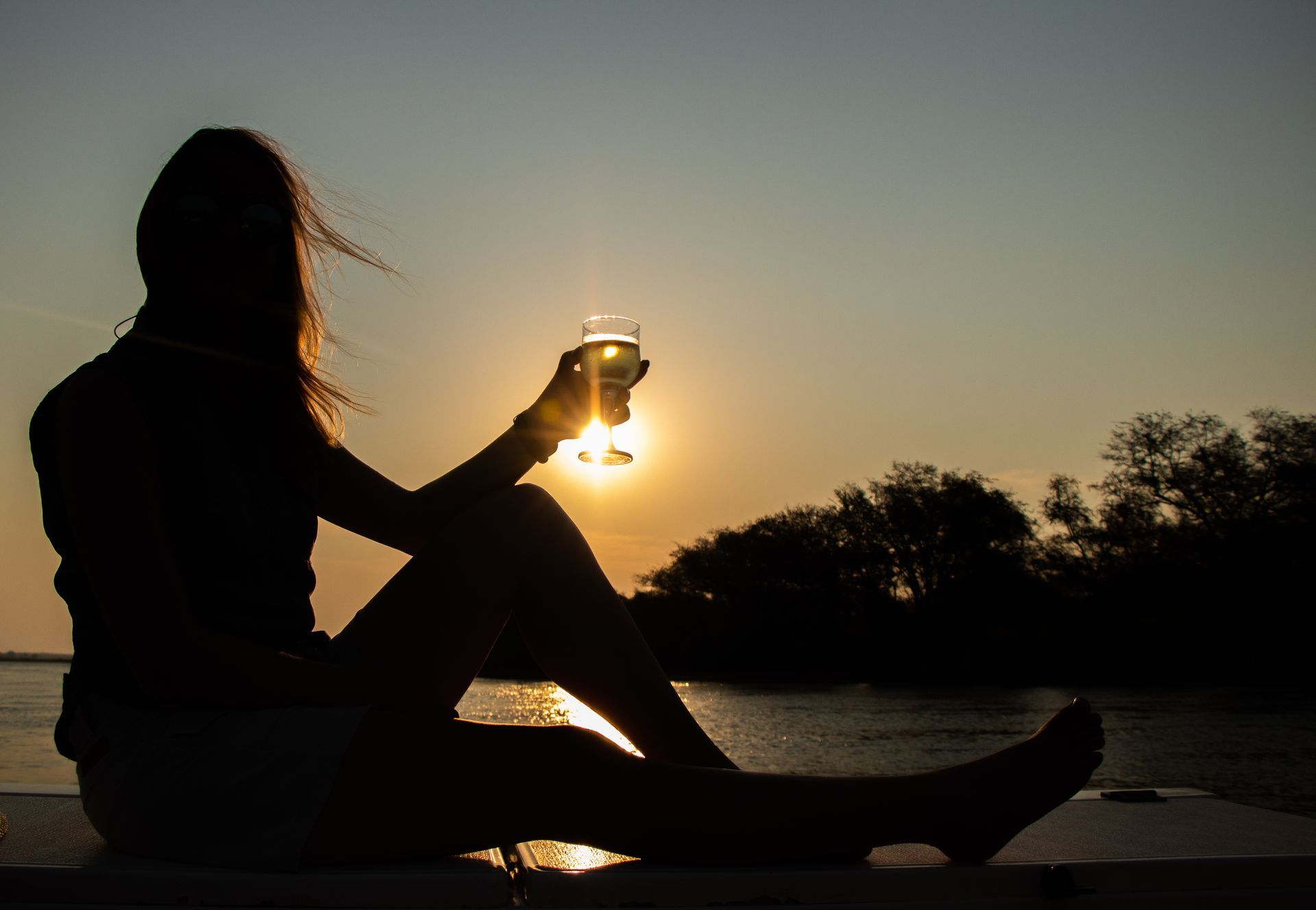FOLLOWING THE FLOOD
Take a peek at life in rhythm with the Okavango pulse...
There’s a moment in June, maybe early July, when the sand shifts underfoot in northern Botswana and the air smells faintly of something coming. Not rain. Not storm. But water, nonetheless. A long, slow surge winding its way down from Angola - not in a roar, but in a whisper. The Okavango flood has arrived. And with it, everything changes...
This isn’t your typical flood. No torrential downpours, no panicked evacuations, no bad-news headlines. This is nature’s most elegant paradox: a flood that arrives in the middle of the dry season. A pulse of life that spills quietly across one of the world’s largest inland deltas, transforming dust bowls into wetlands, parched earth into mirror-like lagoons. And for the creatures who live here, it’s a kind of resurrection.
It begins with a journey. Some 1,200km to the north, the highlands of Angola catch the first rains of the season. The Cubango and Cuito Rivers swell with stormwater, and over the months that follow, the flood inches southward. It seeps into the Okavango Delta not with drama but with grace - a slow-moving miracle that takes nearly five months to complete its odyssey.
By the time the flood reaches the fan of the delta, usually around June, Botswana is deep into its dry season. Dust devils twist along the tracks. The pans are cracked open like old ceramic bowls. And then, seemingly overnight, the flood arrives - gliding in over old hippo paths, hugging the papyrus edges, and filling every forgotten channel to the brim.
Life follows the water. The change is immediate. Elephant herds that had edged north begin to return. Lechwe gather in loose, bounding clusters, tails high, leaping through the shallows like something out of a dream. Birds arrive in brilliant waves - slaty egrets, African jacanas, saddle-billed storks, and kingfishers so bright you’d swear someone painted them on. Frogs burst into chorus, fish dart between reeds, and the reed frogs sing the Delta to sleep each night in an ecstatic, high-pitched hum.
For predators, it’s a feast. Lions prowl the water’s edge, tails twitching with anticipation. Painted wolves (the elegant term for African wild dogs, thank you very much) reappear on the floodplains, lean and lithe and hungry. Even leopards, those elusive bush aristocrats, shift their patterns to follow the buffet line of returning prey.
Water is the great equaliser. It’s easy to forget, from the comfort of a luxury tent with a plunge pool and afternoon tea, that the Okavango isn’t just beautiful. It’s also brutally honest. Without the flood, life tightens. It clusters in desperate pockets. Conflict rises. But when the waters come, they level the field. The floodplains become neutral ground - open, fertile, fluid. Animals move more freely, and the landscape breathes again.
And yes, it’s a photographer’s dream. The reflections. The low golden light. The elephants wading through water that laps just under their bellies. But beyond the beauty, it’s the rhythm that captivates. A rhythm older than empires, longer than lifetimes. One that reminds you just how exquisitely Africa works - not in clock time, but in cycles and surges.
The Okavango Delta is one of the last great wetland wildernesses on Earth. Protected by its remoteness yet increasingly threatened by upstream water usage and human development, it’s a fragile giant. Which is why following the flood isn’t just poetic - it’s necessary. Understanding the source, the pace, the impact of these waters is part of understanding Africa itself.
For safari lovers, timing your journey with the flood brings its own rewards. June to August is the sweet spot: cool mornings, dry air, and water channels at their most enchanting. It’s the season of mokoro excursions, when local polers glide you through narrow waterways in dugout canoes, past reed beds alive with dragonflies and the occasional (thrillingly close) hippo snort.
So, follow it. Watch how the flood transforms the Delta from above - a shifting mosaic of greens and blues, always moving, never quite the same. Track the animals that follow it, meet the guides who read it, see the birds who time their nests to its advance. Follow it in maps, in stories, in footprints left behind on soft, wet ground.
And when you come, come knowing that you’re stepping into something extraordinary. A wilderness that drinks its lifeblood from rains that fell half a year ago and hundreds of kilometres away. A place where time flows like water - slowly, purposefully, and with the power to change everything.
Want to time your next safari to ride the Okavango flood pulse? We know when the magic happens so chat to us to get the ball rolling.
Text: Sharon Gilbert-Rivett
